Recently, MSc. Dr. Ngo Thi Binh Lua, Obstetrics and Gynecology Center, Tam Anh General Hospital, Ho Chi Minh City, said that a 42-year-old pregnant woman had abdominal pain, abnormal fetal heart rate, and acute fetal distress. The patient was pregnant for the third time, and the previous two pregnancies were cesarean sections, about three years apart. The team diagnosed the patient with a ruptured incision on the uterus, and had to terminate the pregnancy because when the gestational sac grew larger, there was a risk of uterine rupture.
Doctor Binh Lua said that the incision is less elastic than other normal muscle tissue, and is prone to cracking when subjected to strong impact. When the fetus is larger, it can cause excessive pressure on the uterus at the old incision, causing the skin to tear along the incision. If not detected promptly, it can lead to uterine rupture, endangering the lives of the pregnant woman and the fetus. In cases where the fetus is implanted near the old incision, the risk is higher.
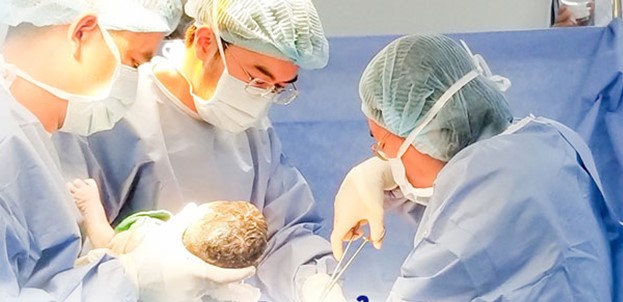
Doctors performed surgery to preserve the uterus of the mother. (Photo courtesy of BVCC).
Almost at the same time, another pregnant woman, 33 years old, had abdominal pain and vaginal bleeding due to a ruptured surgical scar. This patient was pregnant for the first time two years ago, and had a cesarean section. This time, the patient received prompt intervention, preserving her uterus, and her post-operative health was stable.
The children of two premature mothers were raised at the Neonatal Center.
Caesarean section is used in cases where the mother cannot give birth naturally through the vagina, limiting complications when the doctor predicts that normal birth can cause the baby to suffer some injuries such as damage to the brachial plexus due to shoulder dystocia, bone fractures, suffocation due to umbilical cord prolapse... However, this method has many potential risks. Some countries aim to reduce the rate of caesarean section to below 20%.
Women who have had multiple cesarean sections are at increased risk of placenta previa, placenta accreta, and uterine rupture. These complications cause bleeding, hemorrhagic shock, and in many cases require emergency hysterectomy.
Uterine rupture is common in women with a history of cesarean section or other surgical interventions on the uterus. A review of 83 reports by the World Health Organization (WHO) found that the average worldwide rate of uterine rupture is 5.3 per 10,000 deliveries. In less developed countries, the incidence of this complication is higher.
Dr. Lua recommends that women who have had a cesarean section should use contraception for at least one year. You should consult your doctor for advice and guidance on appropriate contraception.
To prevent the risk of surgical wound rupture and uterine rupture, you should have a gynecological examination and check the surgical wound before preparing for pregnancy. Regular prenatal check-ups at a hospital with an obstetrics department are necessary for timely detection and treatment, and early examinations are required for the doctor to check the position of the gestational sac. If the fetus is attached to the old surgical scar and is detected early, the pregnancy must be terminated.
Doctors recommend a gap of two years between two cesarean sections. This is a reasonable amount of time for the uterine scar from the previous cesarean section to heal and for the mother's health to be ensured in the next pregnancy.
Doctors recommend that women who have had two cesarean sections should not get pregnant again because of the high risk. In case of unplanned pregnancy or early pregnancy after cesarean section, the pregnant woman needs to be closely monitored to avoid complications, including surgical wound rupture, uterine rupture, etc.
Le Trang
Source


![[Photo] Flooding on the right side of the gate, entrance to Hue Citadel](https://vphoto.vietnam.vn/thumb/1200x675/vietnam/resource/IMAGE/2025/10/28/1761660788143_ndo_br_gen-h-z7165069467254-74c71c36d0cb396744b678cec80552f0-2-jpg.webp)

![[Photo] Draft documents of the 14th Party Congress reach people at the Commune Cultural Post Offices](https://vphoto.vietnam.vn/thumb/1200x675/vietnam/resource/IMAGE/2025/10/28/1761642182616_du-thao-tai-tinh-hung-yen-4070-5235-jpg.webp)
![[Photo] National Assembly Chairman Tran Thanh Man received a delegation of the Social Democratic Party of Germany](https://vphoto.vietnam.vn/thumb/1200x675/vietnam/resource/IMAGE/2025/10/28/1761652150406_ndo_br_cover-3345-jpg.webp)




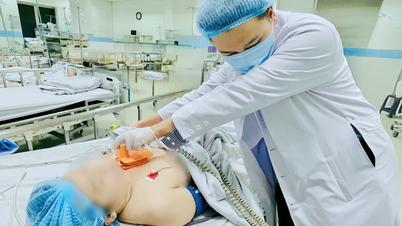



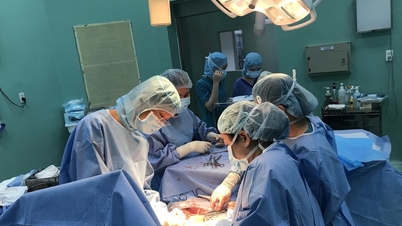

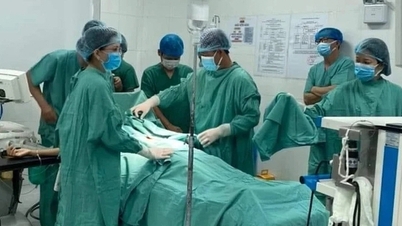




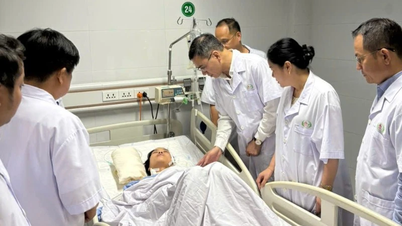

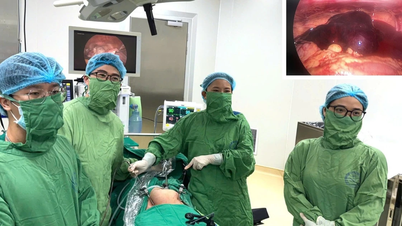
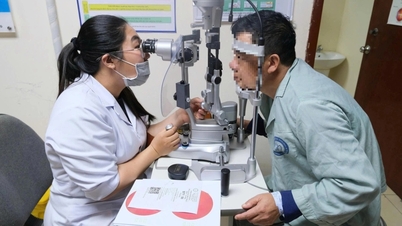












![[Photo] President Luong Cuong attends the 80th Anniversary of the Traditional Day of the Armed Forces of Military Region 3](https://vphoto.vietnam.vn/thumb/1200x675/vietnam/resource/IMAGE/2025/10/28/1761635584312_ndo_br_1-jpg.webp)










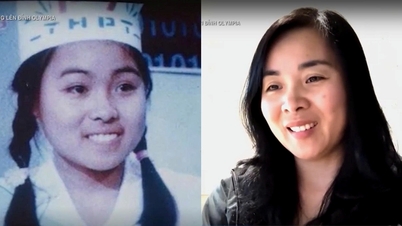














































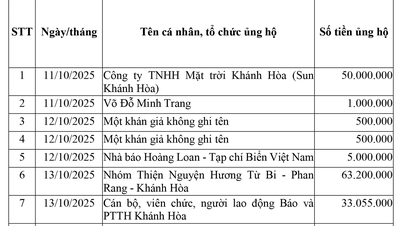




















Comment (0)